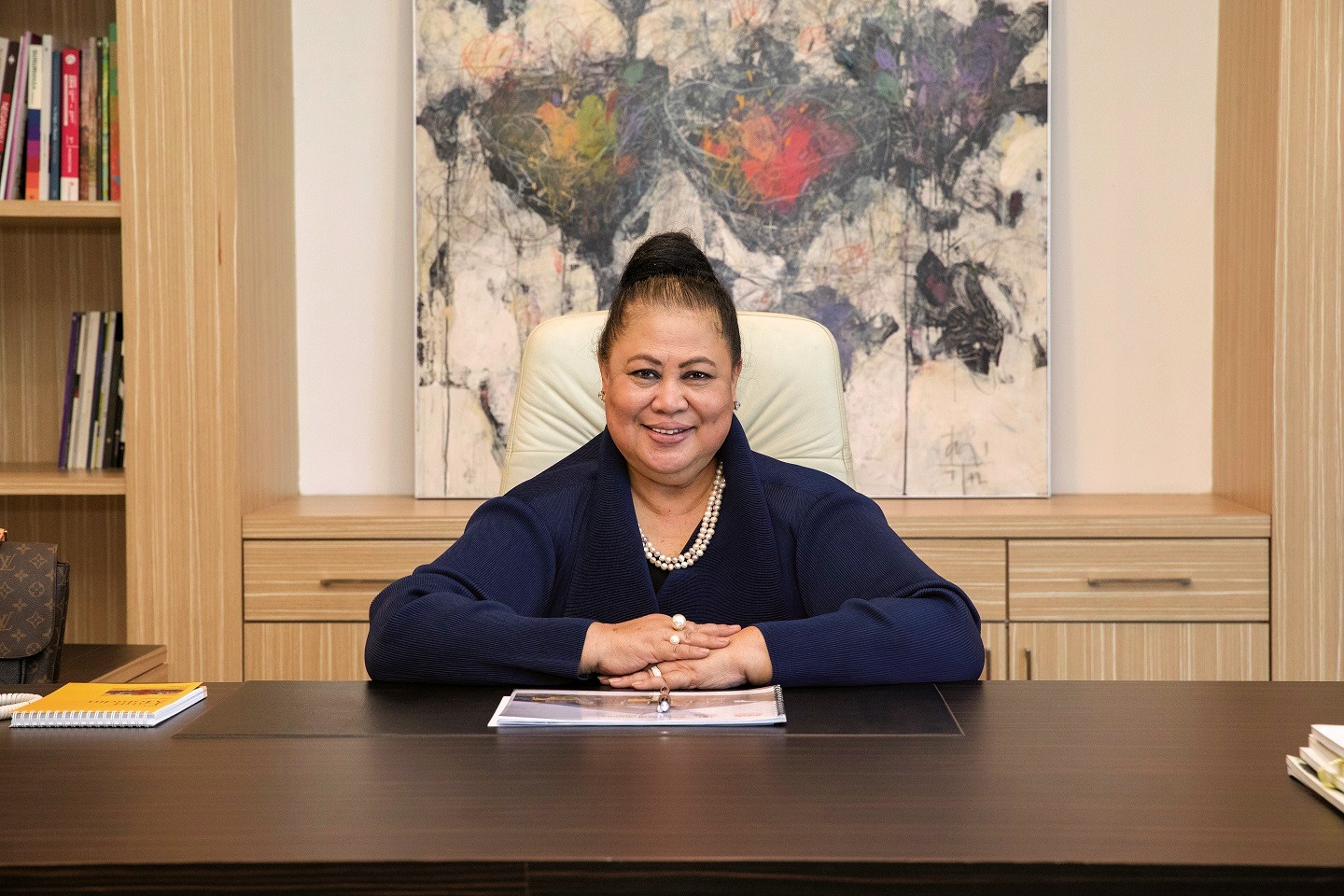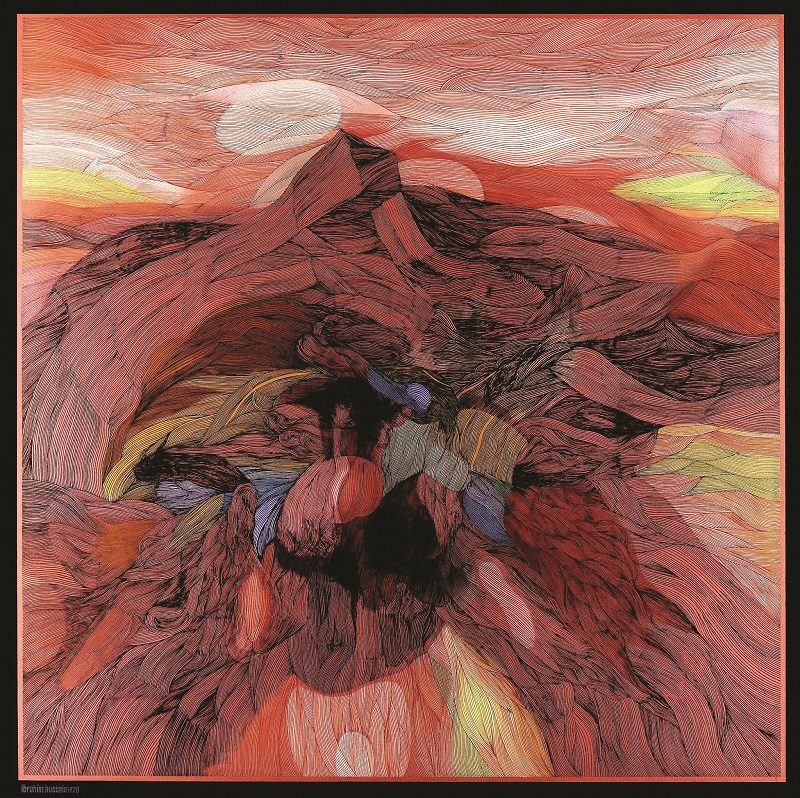
Datuk Tom Abang Saufi is a well-known in the Malaysian fashion circle (Photo: National Art Gallery)
Every changing of the guard brings new dynamics and perspectives. For Malaysia’s National Art Gallery, its stakeholders and patrons now play a role that is more important than ever because not only did its credibility come into question earlier this year — when some works from Ahmad Fuad Osman’s mid-career retrospective were taken down, leading to public uproar — but also public art institutions are facing very real challenges owing to the Covid-19 pandemic.
As nine out of 10 new members take their seats at the National Visual Arts Development Board, each appointed by the Ministry of Tourism, Arts and Culture, they must be aware of the weight of the responsibility entrusted to them.
At the head of the board is Datuk Tom Abang Saufi, whose name is well-known in the Malaysian fashion circle. Some may wonder at this crossover into the visual arts, but there is indication that her more visible profile, network and broader platform could come into play in steering the National Art Gallery in the days ahead. Tom speaks to Options about her plans for it.
Options: Congratulations Datuk. How do you feel about this appointment?
Datuk Tom Abang Saufi: It’s a great honour. I’ll be upfront; I have to say this is not my forte, because I come from the world of fashion, and it’s a different mode of doing work. But whatever we do, it’s always a huge learning curve. I do love art; I hope I can carry out this job to the best of my ability and, hopefully, I will arrive at the same objective as the gallery.
What do you hope to accomplish as chairman?
Of course, there are the official duties and meetings, but I think I will add a bit more from my profession and my platform, perhaps in tapping the broader network that I have, be it people I’ve met in my travels or through my fashion work, to actually interest more people to come to the gallery, especially younger ones.
Any comments on Malaysian art?
I’m trying to learn more about contemporary art and the scene here, as well as what’s happening in the galleries. There are a great number of new artists, many of whom I’m not familiar with, I’m ashamed to say. But what I’ve learnt so far is that many Malaysian artists use their works to express their consciousness of and perspectives on social issues. I’m also excited by the range of mediums they use, especially the virtual and digital.
47370123_2251520851796510_6257921161640804352_o.jpg

You have an interesting story about your introduction to the local art scene.
In the late 1970s and 1980s, I was a young housewife and had just moved to Kuala Lumpur. I wasn’t a fashion designer yet, and not even a mother then. My ex-husband and I knew the late Datuk Ibrahim Hussein socially. At the time, he was an artist-in-residence at Universiti Malaya, so when I used to cut through UM from Petaling Jaya to Bangsar, I would stop by his studio. It was amazing to watch the great artist at work, and I was always fascinated. We eventually acquired a couple of his charcoal drawings.
In 1980 — we got to know quite a lot of people in the art scene by then — the late Rahime Harun, the founder of A P Art Gallery, told us that our younger artists were not given enough exposure. So, we decided to hold an exhibition in our apartment, featuring eight artists, including Amron Omar, Anuar Rashid, Khalil Ibrahim, Yusof Ghani and Ismail Mat Hussin. We managed to introduce them to quite a few young collectors, and even chalked up about RM15,000 in sales. It was a wonderful experience. That was my first brush with the artists’ world.
What are your preferences when it comes to art?
I’m naturally attracted to colour, being a visual person. But as I grow older, I begin to appreciate works on a more emotional level. I do like international artists such as Frida Kahlo, because she is an interesting woman; the French artist Gauguin. I love the softness of Monet; I also love Sonia Delaunay and her avant-garde textile designs, and the Austrian painter Gustav Klimt. They are some of the ones who gave me a lot of inspiration in my fashion work.
I always try to visit an art gallery when I travel, and enjoy old architecture and even shops with interesting concepts. I never tire of the Louvre in Paris. I like the Victoria and Albert Museum because there are jewellery and clothes, and in Bangkok, I enjoy the Queen Sirikit Museum of Textiles. Yes, I love fabrics — hence my current interest in Malaysian batik painting. It’s interesting how our artists have used the form and weaved in ideologies and themes, some of which can be pretty bold or even controversial.
What’s the game plan now for the National Art Gallery?
I feel even pre-Covid-19, the digital and virtual realm has grown significantly in the arts. Viewing and buying art is no longer just about going to the gallery. Balai (as the National Art Gallery is popularly known) has been using these mediums a lot more to promote Malaysian artists’ works.
That said, God willing, when things settle down, I would like to get more involved in increasing visits, especially by younger visitors and children to Balai, and think of new and innovative ideas to make it more fun and interesting.
This article first appeared on June 15, 2020 in The Edge Malaysia.


